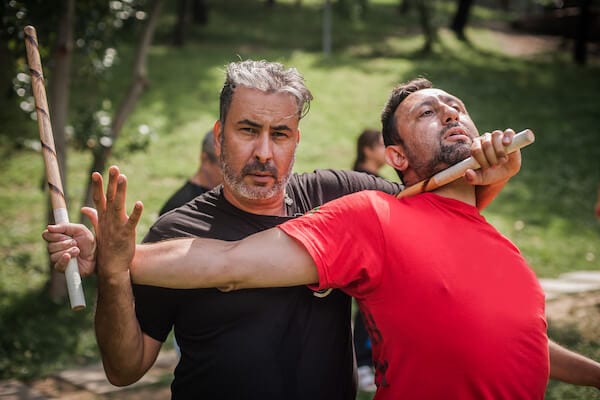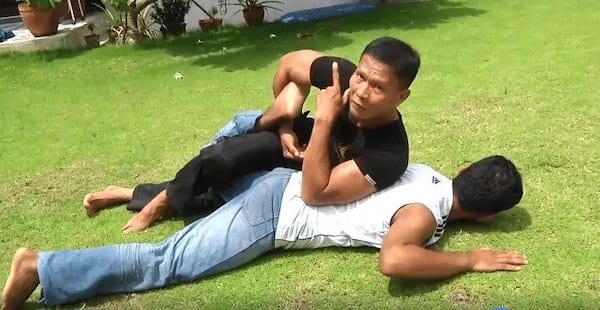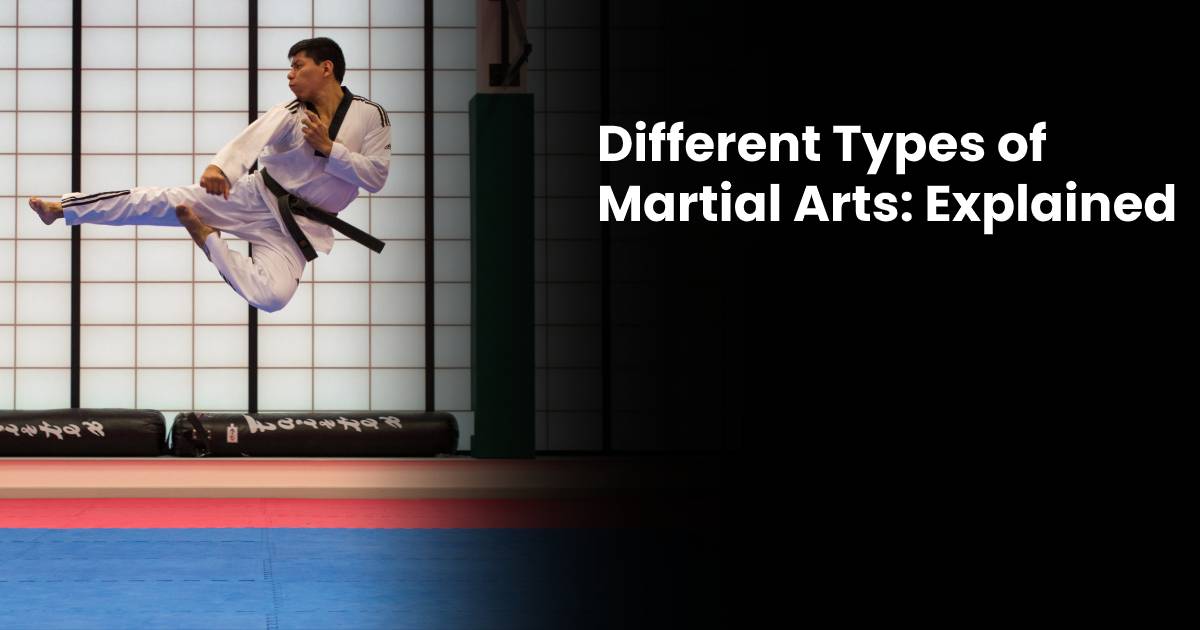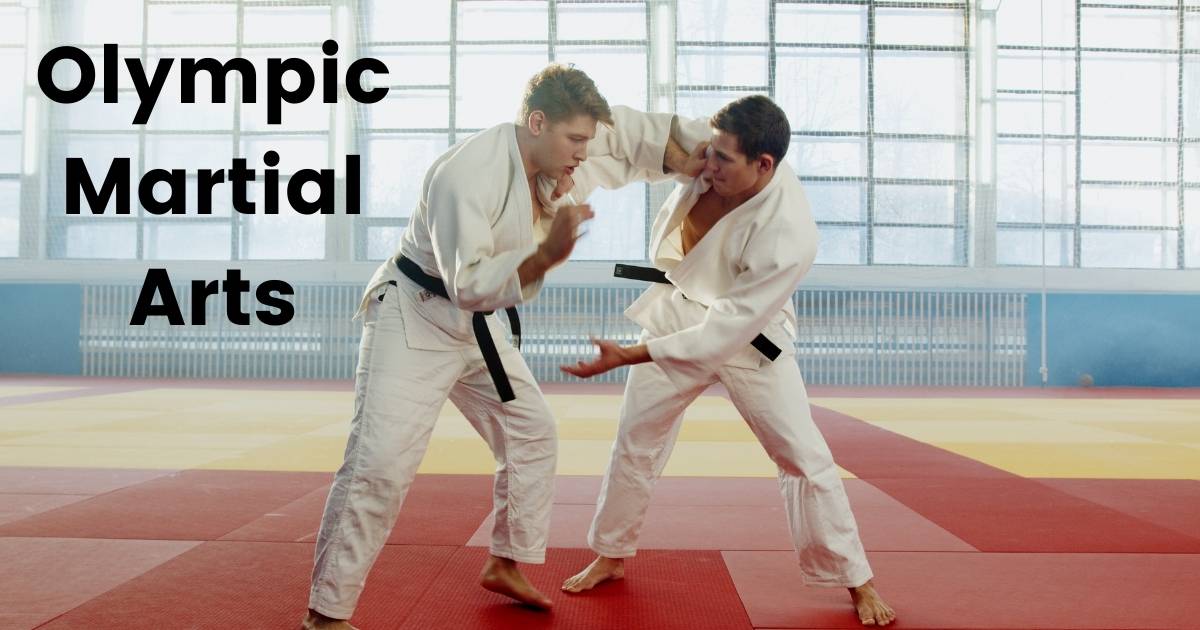Filipino martial arts have become more popular in recent years. Especially in Western areas. That’s mainly because of the increasing awareness of the Eskrima stick fighting techniques.
They’re also considered the most comprehensive, well-rounded fighting styles in the world. This is because they cover long-range, mid-range, and even short-range attacks. You’re likely to see kicking, boxing, kneeing, elbowing, grabbing, even poking, and biting! What’s even better is that the moves are far from complicated!
Filipino martial arts are unique in that they first teach how to use weapons. Then, they proceed to focus on empty-hand techniques. Most other martial arts work the other way around. The majority of Filipino hand-to-hand arts stems from the traditional stick and sword movements.
In this article, we’ll discuss some of the famous Filipino martial arts styles. Among the common ones are Eskrima/Arnis/Kali, Yaw-Yan, Panantukan, among many others.
Contents
The Backstory
When Filipino martial arts were first introduced, Kali (also named Eskrima or Arnis) was the main style. During the Philippines’ history, Kali was paramount for self-defense against invaders.
Since then, it has evolved in many ways and started proving itself effective in knife attacks. It has been practiced by many special forces units worldwide. For anyone looking to use weapons as a form of self-defense, Kali is always the go-to.
Kali’s exact history is far from being straightforward, though. To date, it hasn’t been pinpointed. It’s believed that tribes in their defense initiated the native Filipino styles. It’s also believed that inspiration came from areas in different countries, like India.
Filipino martial arts were used when the Spanish Conquistadors arrived in the 1500s. They took different shapes and forms depending on the tribe or origin area. American special ops stationed in the Philippines in World War II learned some of the arts below. That’s why they’re quite widespread in America today.
Filipino Martial Arts Styles
With that backstory out of the way, let’s explore the most popular Filipino martial arts!
Eskrima/Arnis/Kali

Since we’ve already touched on Eskrima/Kali/Arnis, it makes sense for this style to be the first covered. This style is based on employing weapons. Such as sticks, bladed, and impact/blunt weapons, hand-to-hand techniques, and improvised weapons.
The primary tool used in Eskrima is the Yantok. Yantok is also known as the “Eskrima Stick”. It is a wooden, 26-inch stick that empowers its user to take their stick fighting skills to new heights. Other weapons used include the Baraw (a knife), Bolo (a machete), Bankaw (a staff), among others.
Sikaran

Sikaran is a Tagalog word meaning “kicking.” Sikaran is among the popular Philippines martial arts styles focusing primarily on kicking.
The signature move that sets Sikaran apart is the “Biakid kick” or “dragon whiplash.” During this activity, only the hands and arms are used for blocking.
The Biakid kick is like the spinning hook kick that is found in the Korean martial art, Taekwondo. The momentum of a spin with an extra “snap” of a hook kick can strike any target. The difference in Sikaran is that practitioners aim for the back of the head of the opponents. This is instead of the side in Taekwondo.
Dumog

While Sikaran focuses on kicking, Dumog focuses on wrestling. Dumog mainly refers to stand-up wrestling. But, it’s can also be used to refer to grappling techniques employed in other Filipino martial arts.
Dumog is one of the styles that you’ll relate to since it has been evolving consistently over time. It has been influenced by grappling techniques from several other martial arts. Mainly the Japanese martial arts of Judo, Jujutsu, as well as western wrestling.
This is because post-World War II, Filipino Martial Arts cross-trained in a variety of arts alongside dumog. This was referred to as “Combat Judo” at the time.
Today, Dumog is based on a set of concepts revolving around manipulating the human body’s “control/choke points”. This is done by grabbing or pulling to disrupt your opponent’s balance.
Also, practitioners are free to use external objects to disable their opponent. For example, a wall, chair, or table. These objects can even be used as protection too.
Kino Mutai

Kino Mutai (or Kina Mutai) is an interesting one. It employs unconventional tactics like eye-gouging or biting. It’s definitely not for the faint-hearted. The primary focus is just to win or survive the attack taking place, regardless of the measures needed to do so.
If you perceive this as “dirty street fighting,” you’re not alone. This is a commonly widespread perception of Kino Mutai. But, it’s worth noting that it’s taught in martial arts schools as an activity to help students. In particular, to escape the grasp of stronger opponents, so in self-defense scenarios.
Kino Mutai techniques are sometimes blended with other Filipino martial arts, like Kali.
Panantukan

Panantukan, also known as Suntukan, is the boxing arm of Filipino martial arts. It’s not considered a sport, though. It’s more of a street-oriented fighting system mainly targeting the upper body. You’ll find attacks like headbutts, shoulder strikes, elbows, and punches. It can also sometimes expand to include low-line kicks and knee strikes to the legs, groin, or shins.
The reason why it’s not a sport is that its techniques don’t conform to a set of competition rules. Basically, it isn’t governed by safety guidelines.
As you can imagine, it can be very dangerous. Common target areas include sensitive parts of the body like the spine, back of the neck, nose, eyes, jaws, and more.
In Summary: A Blend of Western and Eastern Martial Arts
As we’ve discussed, Filipino martial arts keep expanding over the years. What was only Arnis/Eskrima/Kali has grown to include new dynamics due to ever-changing circumstances.
In fact, today, there are almost as many Filipino martial arts as there are Philippine islands! Well, maybe not that many, but there are a lot! So, make sure to choose the one that ticks all your boxes!






